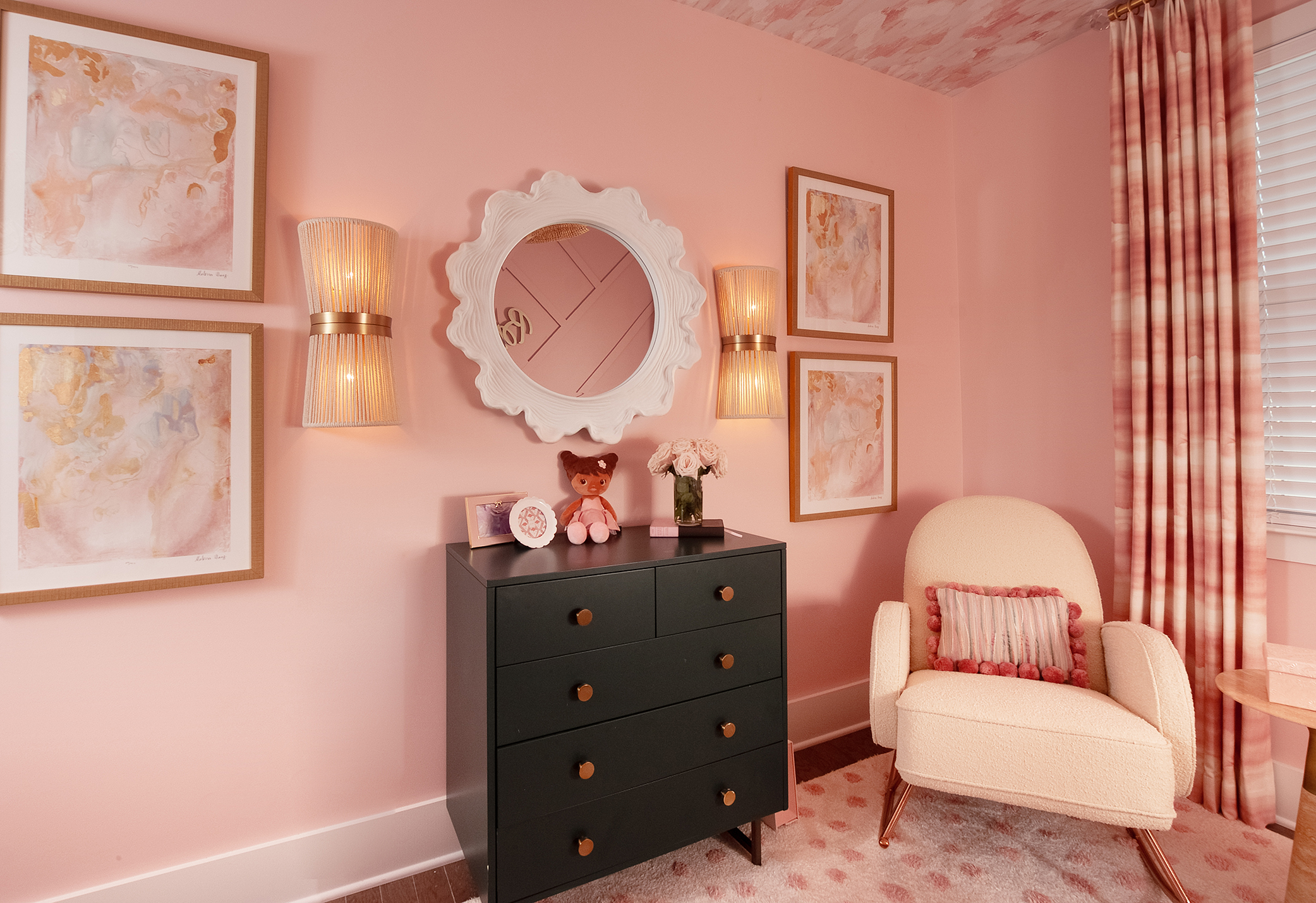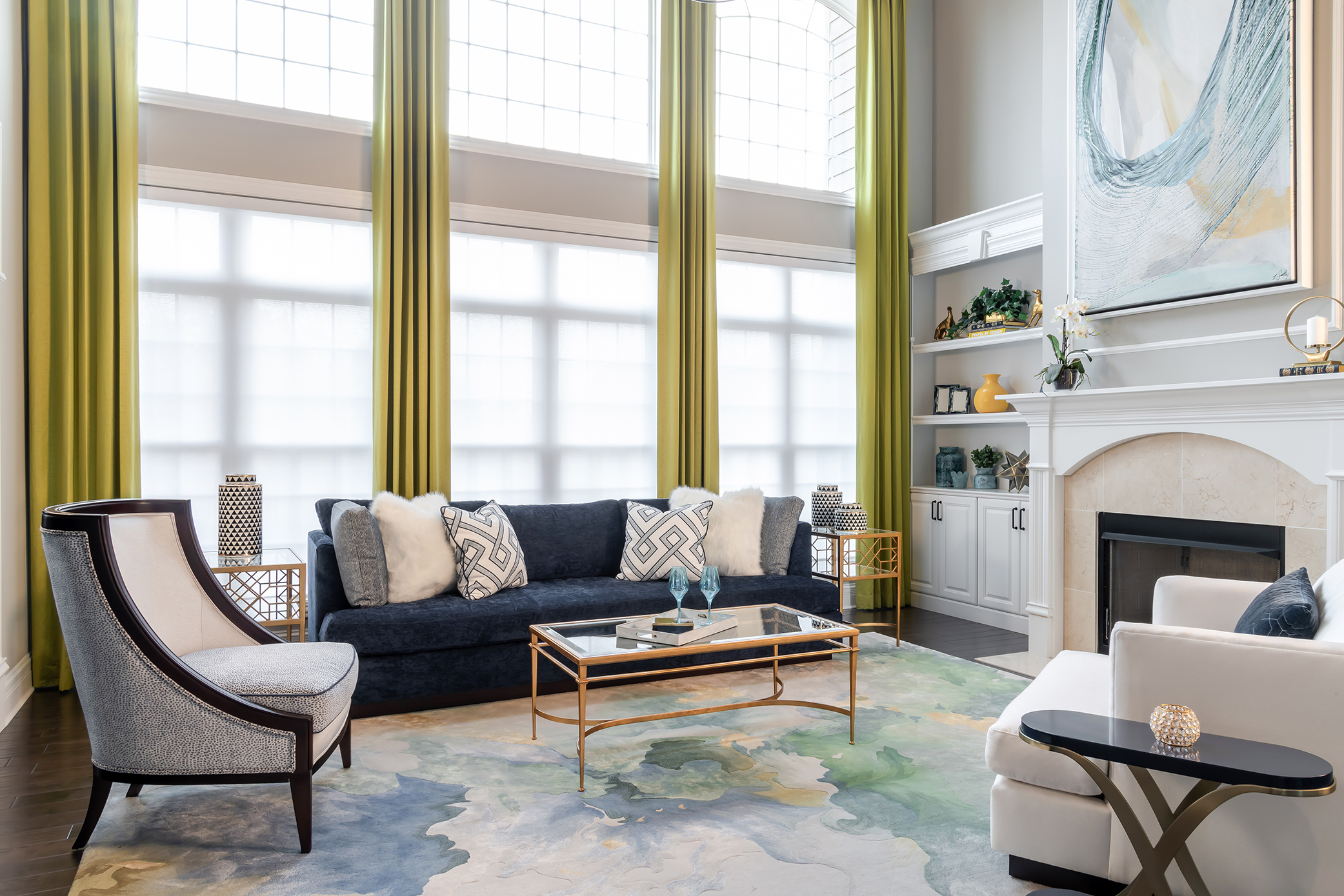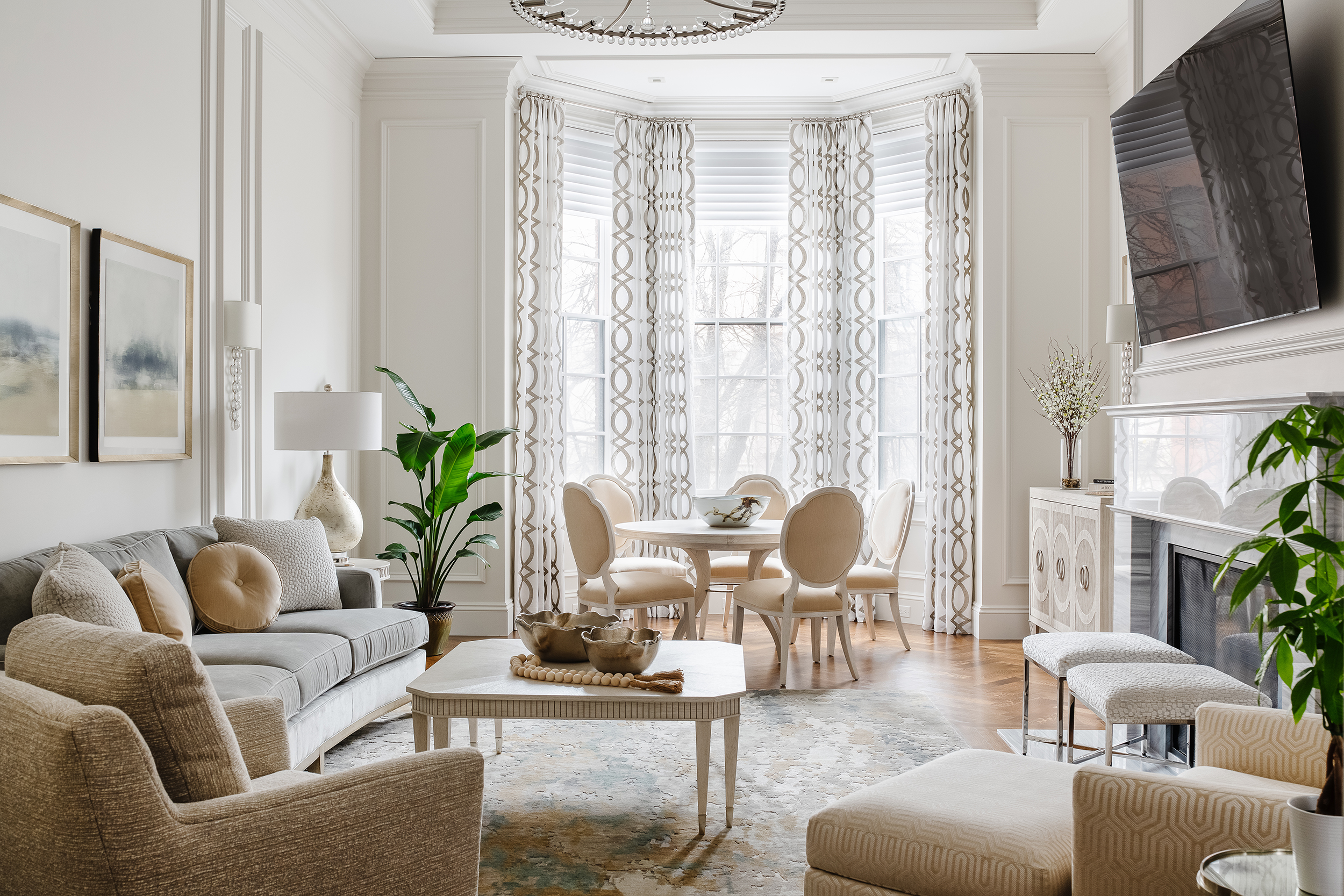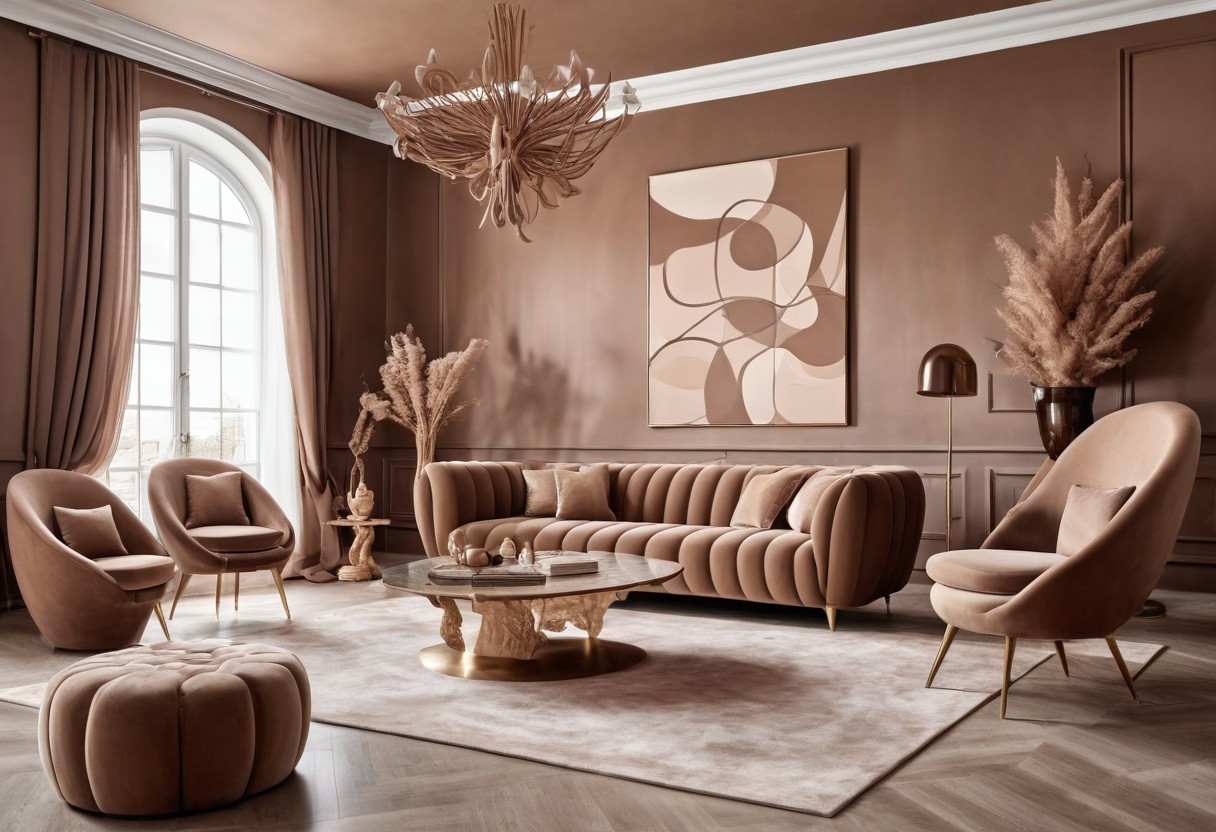When you scroll through Pinterest or binge watch your favorite home makeover show, it’s easy to feel a little discouraged, especially if your living room is on the smaller side. Most inspiration features spacious, airy rooms with sprawling sectionals and wide open layouts. But what if your reality is more modest, and there’s barely space to stretch your legs, let alone fit oversized furniture?
Don’t worry. There’s a way to turn even the smallest living room into a cozy, stylish retreat. With the right approach, you can transform your space into the perfect hangout for family and friends, one that works with your home’s layout instead of against it.
Think Scale and Layout First
You don’t need to move to a bigger place to love your living room. You just need to design smarter. This starts with respecting your room’s proportions and being intentional about how you furnish and arrange it.
Choose pieces that are appropriately sized for the space. Bulky furniture can crowd a small room, while items that are too dainty might make it feel unfinished. Aim for a balance with furnishings that look good, serve a purpose, and don’t overpower the room.
Instead of a full-size sectional, try a loveseat with slim arms and a low profile. Its sleek silhouette leaves room for wall art or a mirror, both of which help open up the visual space. Add an accent chair or chaise for additional seating without overwhelming the layout.
Set up your furniture with a focal point in mind, whether it’s a TV, fireplace, or statement piece, and build your seating arrangement around it. A symmetrical or balanced layout enhances comfort and flow, making the room feel complete without being cramped.
Need a little layout inspiration? Try these small-space design tricks:
Choose Pieces with Light Visual Weight
Every item in the room takes up space, but some feel lighter than others. Furniture with exposed legs and open frames creates the illusion of more room by allowing the eye to see through and around them. Lighter wood tones or airy, neutral-colored upholstery can also keep things feeling breezy.
Avoid bold prints or heavy textures in a tight room, as they can make the space feel more cluttered. Solid colors and simple patterns help furniture blend into the background and let the room breathe.
Smart Storage Is a Game Changer
In small living rooms, clever storage can be your best friend. Opt for dual-purpose pieces like ottomans with hidden compartments, coffee tables with shelves, or wall-mounted units that use vertical space without crowding the floor.
Multifunctional furnishings such as storage benches or nesting tables let you tuck away clutter and maintain style. Baskets and decorative bins are also great for keeping daily essentials within reach while adding charm to your decor.
Create Balance with Matching Pieces
One design trick pros use all the time is creating symmetry to make a space feel more put together and open. Try placing matching armchairs, poufs, or side tables across from each other. The repetition brings harmony without the bulk.
You can also achieve balance with a coffee table centered between a sofa and a pair of chairs. Even if the layout isn’t perfectly mirrored, it helps prevent one side of the room from looking overly busy while the other feels empty.
Define Different Zones in an Open Plan
If your living room flows into your dining area or kitchen, it can be tough to give each area its own identity. Use your furniture to set clear boundaries. For instance, place the back of an L-shaped sofa toward the dining space to visually carve out the living area.
Room dividers, bookshelves, or console tables can also help define zones without closing things off. Rugs and accent decor go a long way in visually separating the space while keeping a cohesive overall look.
 Keep furniture up off the ground with taller legs and thin structures.
Keep furniture up off the ground with taller legs and thin structures.
Give Your Furniture Some Breathing Room
No, we’re not talking about making your sofa float midair. What we mean is this: don’t push all your furniture right up against the walls. While that might seem like a good way to free up space, allowing a bit of distance between furniture and walls can actually improve circulation and help your room feel more thoughtfully arranged.
Try placing a sofa in the middle of the room with a console table behind it. This technique helps break up the space, creates a natural walkway, and eliminates those awkward, empty corners. It also gives the room a more polished, purpose-driven look.
Explore Reds, Blues, and Neutrals: Color Ideas to Try
Color has a huge impact on how your room feels and looks, especially in smaller spaces. The lighting in your living room — whether natural or artificial — plays a big role in how those colors come across.
Here are some smart ideas for using color and light to your advantage:
Choose the Right Color Scheme
When selecting furniture, consider pieces that are both space-conscious and stylish. For instance, opt for a loveseat with slim arms and a low back instead of a bulky sectional. Its lighter form won’t overwhelm the space and allows for more room to decorate above, like hanging art or mirrors to enhance the illusion of height and openness. Add a small chaise or an accent chair for extra seating without crowding the floor plan.
For wall colors, light tones like soft neutrals, whites, and pastels can make your room feel taller and more expansive, especially if the ceiling is painted in the same shade or a lighter variation. That said, you don’t have to skip bold color entirely. If you love deep reds or vibrant blues, try working them in through smaller accents like pillows, rugs, lamps, or an occasional chair. Just be mindful not to overload the space with too many saturated hues, as that can make it feel cluttered.
Make the Most of Natural Light
If your living room benefits from natural sunlight, let it shine. Natural light doesn’t just lift your spirits — it also visually expands a room. Light walls will reflect the sun’s rays, giving your space a brighter, more open feel.
To keep the natural glow flowing, choose window treatments that are sheer or made from lightweight fabrics. Position your furniture in a way that highlights the windows to make them a design feature, not an afterthought.
Use Layered Lighting to Add Warmth
Looking to make your space more inviting? Mix up your lighting sources. Try pairing a ceiling pendant with floor lamps, table lamps, and wall sconces. This layering effect not only adds depth but also creates a cozy, welcoming atmosphere.
Keep in mind that lighting also affects how your colors show up. Natural daylight reveals true tones, while artificial lighting can warm up or cool down a room’s palette. Warm bulbs typically give colors a richer, softer look, while cool lighting makes things feel crisp and modern. When choosing wall colors and decor, take a moment to see how they respond under different lights so you can craft the perfect ambiance.
 Don’t let your room size stop you from having your dream living space.
Don’t let your room size stop you from having your dream living space.









